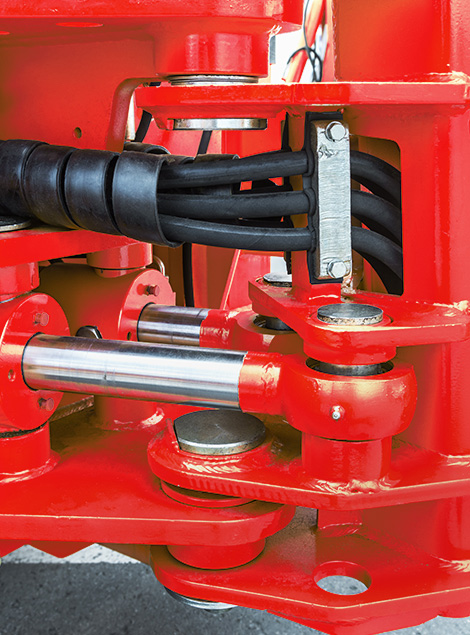The Reason Why Hydraulic Cylinder Won’t Retract
The Reason Why Hydraulic Cylinder Won't Retract
All processes stop when the hydraulic cylinders fail to retract. From the perspective of maintenance and the downtime incurred in troubleshooting the problem, the situation is aggravating. It can be helpful to know what typical issues retracting hydraulic cylinders face and to take preventative measures to avoid them entirely.
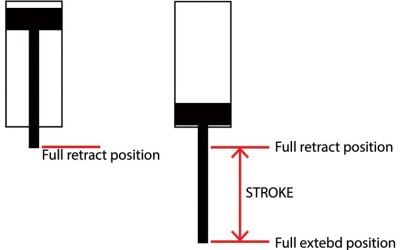
What Makes Single-Acting and Double-Acting Hydraulic Cylinders Retract?
Knowing how single-acting and double-acting cylinders operate is the first step in diagnosing problems.
Single-acting hydraulic cylinders have an internal spring and use pump pressure to extend the rod. Retracting a single-acting hydraulic cylinder involves using either the spring or the weight of the load being carried. You usually see single-acting cylinders in applications requiring single-direction lifting.
Double-acting cylinders do not have an internal spring and rely on hydraulic pump power to extend and retract the rod. These cylinders are more common and used in applications where you need to lift and push loads while maintaining precise control over movement. Keep in mind that it is normal for double-acting hydraulic cylinders to retract at a slower pace than they extend. This is due to differences in pressure created for retracting and extending functions.
With a basic understanding of how single-acting and double-acting cylinders work, we can go into possible reasons why your cylinders are not retracting.
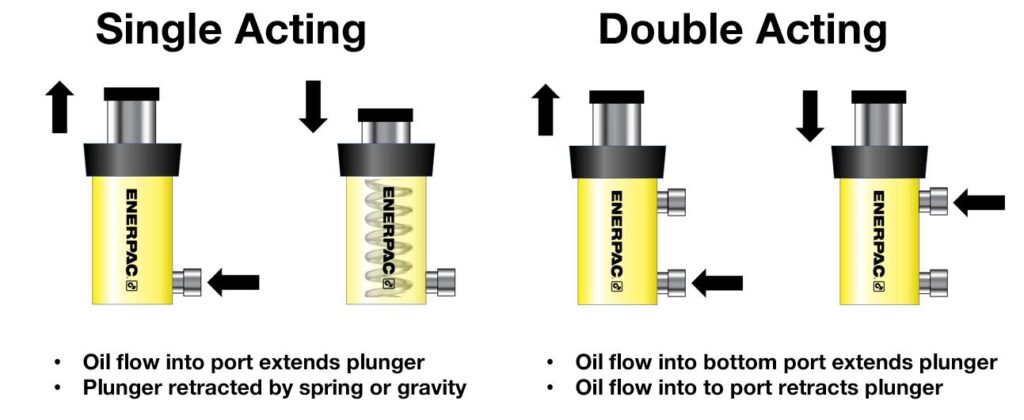
The Reasons Why Your Hydraulic Cylinder Won’t Retract
1.DAMAGED OR WORN PISTON SEALS
Although seals naturally deteriorate with time, fluid leaks occur when they are not replaced. Cylinders that are hydraulically locked—that is, unable to retract or extend completely—occur when there is not enough hydraulic fluid in your system. Hydraulic cylinders may have difficulties retracting if worn seals result in misalignment between the seal and cylinder rod.
Avoiding these problems is simple. Check your seals for damage often and always make sure you use replacement seals that are the correct size and choose the suitable material for your system’s operating temperature and pressure.
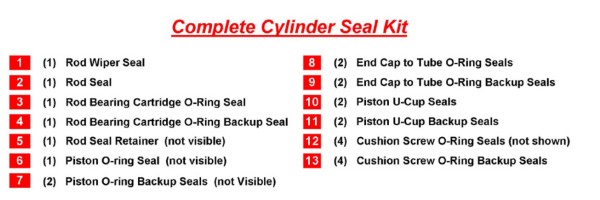
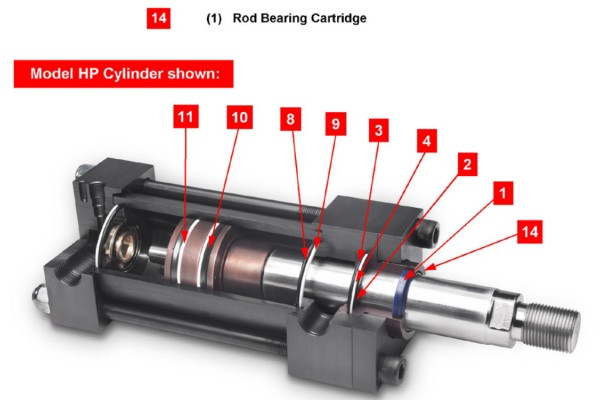
2. A BENT OR DENTED BARREL OR CYLINDER ROD
Barrels and cylinder rods may get dented when struck by large items or machines. If you attempt to raise a load that is heavier than what your cylinder is designed to support, denting may result. Cylinders may not be able to properly retract if the rod and barrel are deformed in any way that hinders the cylinder from stroking correctly.
Replacing rods and barrels at the first sign of damage is critical not only for fixing retracting issues but preventing safety issues and/or permanently damaging your equipment.
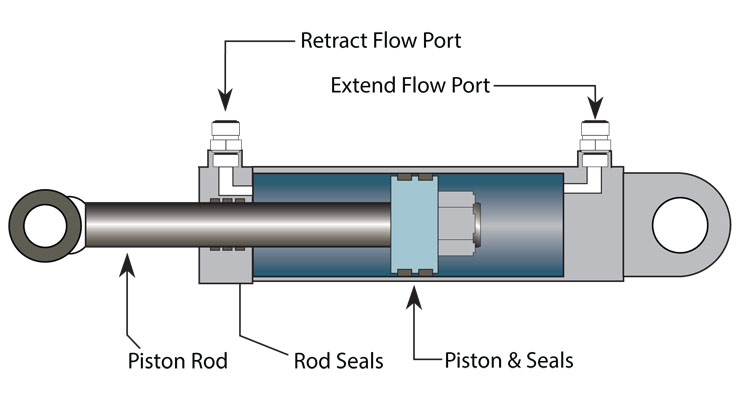
3. RETRACTING HYDRAULIC CYLINDERS UNDER LOAD
Hydraulic cylinder drift is the phenomenon wherein hydraulic cylinders retract when they shouldn't. The characteristic of this issue is the delayed retractions of hydraulic cylinders under strain, which is brought on by internal fluid leaks. Although not as dangerous in light-duty situations, a retracting hydraulic cylinder under high loads can seriously harm surrounding equipment and put people's lives in danger. Regularly check the levels of your hydraulic fluid and look for any signs of fluid leakage in your cylinders.
Performing regular inspections and using the correct hydraulic cylinder for your industry and application is the best way to prevent issues with retracting hydraulic cylinders.
AiSoar Hydraulics carries performance-built hydraulic cylinders for mobile and industrial equipment. Our product line includestie-rod cylinders , welded hydraulic cylinder and telescopic rod in various sizes to meet your requirements. Give us a call to discuss our stock and custom hydraulic cylinder solutions.


 ES
ES RU
RU